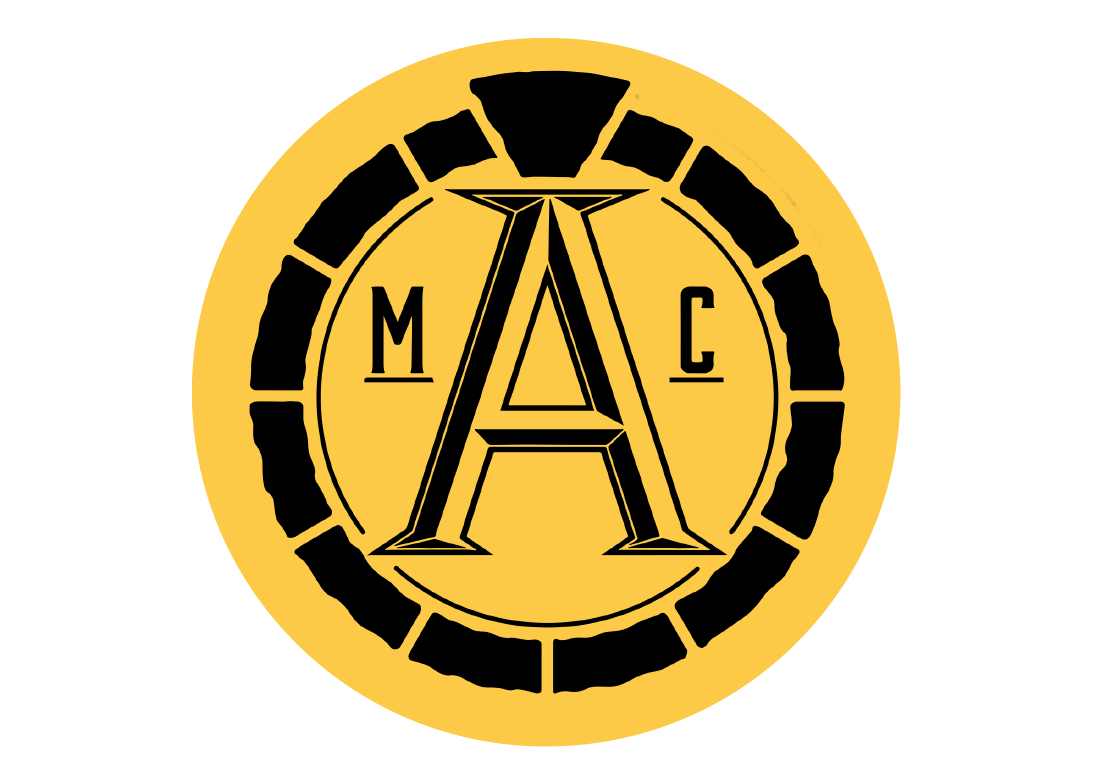What Is Concrete?
The invention of Concrete dates back much further than most people imagine, all the way back to ancient history. The precursor to cement made out of burned limestone and clay was discovered to have been used over 12,000 years ago in what is now modern day Turkey.
Many Many Many years later, Roman concrete (called opus caementicium, meaning “Cement Work” in Latin) was a groundbreaking development. Using a mix of volcanic ash, lime, and seawater, the Romans created a hydraulic cement that was capable of hardening underwater. This material was strong, durable, and It was commonly used as the formwork between many tiles and bricks. It was absolutely crucial in building architectural marvels like.
The Pantheon (still the largest unreinforced concrete dome in the world)
The Colosseum
And the Aqueducts
These structures are still standing to this very day, and they stand as a true testament to the durability of Roman concrete and concrete in general.
Concrete’s Decline and Rediscover
After the fall of the Roman Empire, the technique of concrete-making was forgotten until around the 18th century. When interest in cement and concrete returned.
1756: British engineer John Smeaton developed a modern hydraulic lime cement while reconstructing the Eddystone Lighthouse.
1824: Joseph Aspdin, a British bricklayer, patented Portland cement, named for its resemblance to Portland stone. This innovation laid the foundation for modern concrete production.
Why Concrete Is The Top Choice In Construction
The strength of concrete has quite literally stood the test of time, even in its primordial form in ancient Rome and continues to evolve over time. These are all of the reasons why professionals choose concrete every single time.
Durability: Lasts for decades with minimal maintenance
Versatility: Can be shaped, colored, stamped, or poured to suit any design
Strength: Handles heavy loads and extreme conditions
Affordability: Offers excellent long-term value
Fire and pest resistance: Non-combustible and rot-proof
Whether you're building a driveway or a stadium, concrete is a reliable solution.
Concrete Heading into the Modern Day
By the late-19th-early-20th century, concrete had become the very core of the Industrial Revolution’s construction boom. With the introduction of reinforced concrete with embedded steel bars (rebar) for tensile strength, it further expanded its use in larger structures like bridges, skyscrapers, and even dams. Today, concrete is the most widely used construction material in the world, with 30 billion tons produced globally. Concrete’s sheer versatility and strength makes it the most suitable for virtually any kind of construction project.
Concrete plays vital roles in Residential Construction:
Foundations
Driveways, walkways, and patios
Basement floors, retaining walls
Other elements like steps and decorative features
It’s valued for it’s durability, low amount of maintenance, and its resistance to fire is a plus.
Concrete is used just as much for Commercial and Industrial Construction:
Office buildings and shopping centers
Warehouse floors and loading bays
Parking garages and structures
Its durability and long lifespan make it a smart idea for all environments with increased amounts of traffic.
And of course, Concrete is essential in any civil engineering projects or Public Infrastructure:
Highways and bridges
Dams and water treatment facilities
Tunnels, overpasses, and airports
Sidewalks, curbs, and gutters
All of these projects rely on concrete for its compressive strength and ability to withstand harsh environmental conditions for years on end.
Concrete’s Decorative and Architectural Uses
Thanks to the advances in concrete technology, it’s no longer just a gray slab for you to walk along:
Stamped and stained concrete for patios and driveways
Polished concrete for more modern interiors
Precast decorative panels on buildings
Concrete countertops for kitchens and bathrooms
Concrete can combine beauty with functionality, offering modern aesthetic with proper structural strength.
Innovations in Concrete
As environmental awareness grows, the concrete industry is adapting with new inventions:
Green concrete with recycled materials or carbon-capturing additives
“Healing” concrete that repairs cracks using embedded bacteria
“Ultra-high-performance concrete” (UHPC) with exceptional strength and longevity
Permeable concrete for better water drainage and flood control
These innovations will help reduce the environmental footprint while enhancing performance and longevity as the industry heads into the future.
Concrete Tile Patio
Concrete's Past Could Be The Future
Concrete has proven time and time again that it is much more than just some building material—it’s a legacy of invention that connects ancient architecture with modern skylines. As construction practices continue to evolve, concrete remains at the heart of it and is likely to for the foreseeable future.




